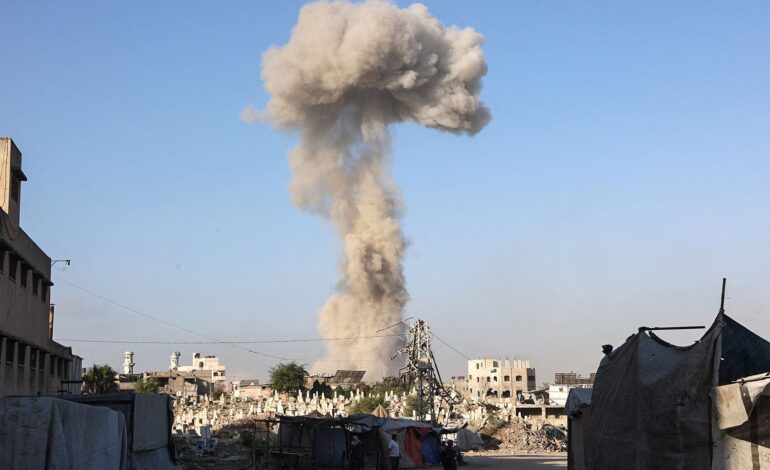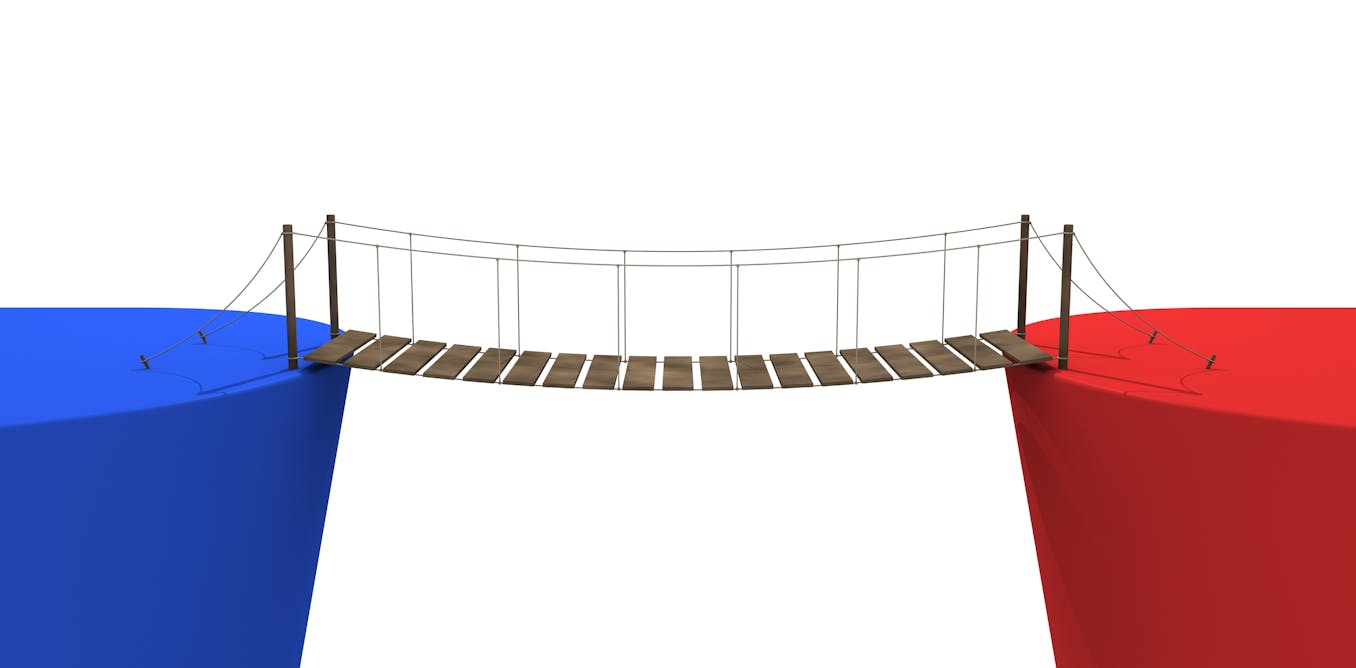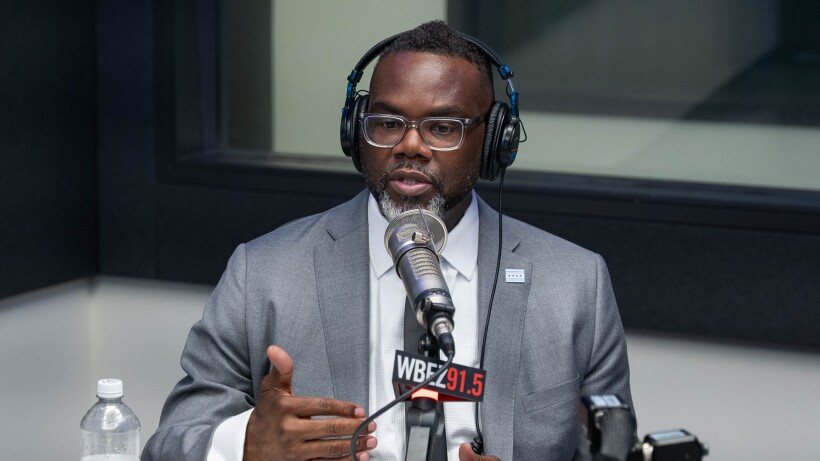Israeli Airstrike Claims Lives of Journalists in Gaza Hospital

A deadly airstrike by the Israel Defense Forces (IDF) on Nasser Hospital in Khan Younis, southern Gaza, resulted in the deaths of at least 20 individuals, including five journalists. The incident, which occurred on October 16, 2023, marks a significant escalation in the ongoing violence in the region and raises serious concerns about the safety of media personnel operating in conflict zones.
The first strike hit the fourth floor of the hospital, targeting a live broadcast point operated by Reuters. This initial attack killed Hussam al-Masri, a cameraman for Reuters. Following the first explosion, first responders and journalists rushed to assist the wounded. Tragically, a second strike occurred just minutes later, which struck the same area, leading to a substantial loss of life.
Among the journalists killed were Mariam Abu Dagga, a freelance photographer for the Associated Press; Mohammed Salama, a cameraman for Al Jazeera; Moaz Abu Taha, also a freelance photographer; and Ahmed Abu Aziz, a correspondent for Middle East Eye and Quds News Network. A Reuters photographer, Hatem Khaled, sustained severe injuries in the second strike and later succumbed to his wounds.
The Israeli military subsequently claimed that the airstrikes targeted a “Hamas camera” near media broadcasters. Israeli Prime Minister Benjamin Netanyahu described the incident as a “tragic mishap” and announced a military investigation. Yet, independent analysts note that past investigations into similar incidents by Israeli authorities have often gone unresolved.
The toll on journalists in Gaza has reached alarming levels, according to the Committee to Protect Journalists (CPJ). Data indicates that from October 2023 to August 2025, a total of 197 journalists have been killed, with 189 of those deaths attributed to Israeli forces. This shocking statistic positions Gaza as the deadliest war zone for journalists in modern history.
Jodie Ginsberg, CEO of CPJ and a former journalist with Reuters, has been vocal about the unprecedented risks journalists face in Gaza. In a recent conversation, Ginsberg discussed the implications of the Nasser Hospital strike and the broader pattern of attacks on media personnel in the region.
“What we see in Gaza is an unprecedented number of journalists being killed,” Ginsberg stated. “Our documentation shows that nearly all the journalists killed since the beginning of this conflict have been targeted by Israeli forces.” She emphasized the importance of journalists operating near hospitals, as these locations are typically considered safe under international law.
The horrifying nature of the Nasser Hospital strike was compounded by the fact that the second explosion was livestreamed, capturing the immediate aftermath for viewers worldwide. Ginsberg described the scene as “awful,” noting the chaos as individuals rushed to help those injured from the initial strike.
“Even in a war zone, hospitals should be a refuge,” she remarked. “Yet, journalists and first responders now find themselves in constant danger.”
The situation for journalists in Gaza has grown increasingly dire. Ginsberg pointed out that many media personnel are exhausted and demoralized, struggling to report on the dire humanitarian conditions while facing the threat of violence themselves. “They are experiencing starvation while reporting on it,” she said.
As global discourse surrounding the conflict continues, some Israeli officials have labeled journalists as “militants,” a characterization that raises troubling questions about the treatment of media workers in conflict zones. Ginsberg responded to these claims, stating that CPJ investigates the background of every journalist killed or injured, emphasizing that political leanings should not determine whether someone is considered a legitimate target.
International humanitarian law clearly states that only individuals directly involved in combat can be considered legitimate targets in warfare. Ginsberg reiterated that engaging in propaganda does not qualify someone as a combatant, thus reinforcing the need for protection for journalists in any conflict.
Following the Nasser Hospital strike, various humanitarian organizations and U.N. officials have labeled the attack a potential war crime. In light of this, Ginsberg called for a credible investigation into the incident, emphasizing that it must be transparent and independent to ensure accountability.
“The lasting consequences of these attacks are grave,” she warned. “The narrative surrounding Gaza is controlled by the powerful, and the voices of those reporting from the ground are often silenced.”
The CPJ continues to advocate for the protection of journalists and has been actively pushing for measures that would allow media workers to leave Gaza for medical treatment when necessary. Ginsberg expressed her commitment to ensuring that journalists can safely perform their duties, stating, “Without proper documentation and protection, the truth risks being lost.”
As the conflict in Gaza rages on, the alarming rate of journalist casualties raises significant concerns about press freedom and safety in the region. The international community’s response to these ongoing attacks will play a critical role in shaping the future of journalism in conflict zones worldwide.






